Understanding Emergency Lighting Services
Emergency lighting serves as a crucial component of life safety systems, ensuring that escape routes remain visible and accessible during power outages or emergencies. Unlike regular lighting, emergency lighting activates automatically when the mains power supply is interrupted, providing essential illumination for safe evacuation. Here’s what you need to know about emergency lighting services:
Action Services Group offers National Life Safety Lighting Services. No matter your footprint or number of locations, we have the experience and electricians necessary to provide your organization with a National Life Safety Lighting Solution. Schedule a call and talk to one of our experts today!
What is Emergency Lighting and Where is it Needed?
Emergency lighting, also known as escape route lighting, is strategically installed to cover key areas within a building or facility, including:
– Individual exit doors
– Escape routes such as corridors and stairways
– Corridor intersections
– Outside final exits and external escape routes
– Stairways and areas with changes in floor levels
– Windowless rooms and toilets exceeding 8m²
– Firefighting equipment and fire alarm call points
– High-risk task areas and equipment shutdown zones
– Lifts and areas exceeding 60m²
The Purpose of Emergency Lighting
The primary objective of emergency lighting is to facilitate safe evacuation by providing adequate illumination along escape routes and critical safety equipment. Key purposes of emergency lighting include:
– Ensuring visibility during power failures or emergencies
– Guiding occupants to exits and assembly points
– Illuminating fire safety equipment and manual call points
– Preventing panic and confusion during evacuations
– Complying with legal requirements and building regulations
Types of Emergency Lighting Systems
Emergency lighting systems are categorized into two main types: maintained and non-maintained.
Maintained Emergency Lighting: These luminaires remain lit continuously, even during normal operation. They are commonly used in areas lacking borrowed light, such as theaters, cinemas, and public spaces, to ensure constant guidance along escape routes.
Non-Maintained Emergency Lighting: These luminaires are normally unlit but activate instantly during power failures. They rely on battery backup power sources to provide a minimum of three hours of illumination, allowing occupants to evacuate safely. Non-maintained systems are typically found in workplaces and similar environments with existing lighting.
Importance of Testing and Maintenance
Regular testing and maintenance of emergency lighting systems are essential to ensure their effectiveness during emergencies. Routine inspections help identify faulty luminaires or power sources, ensuring that the system remains reliable when needed most. It’s vital to adhere to testing protocols outlined in relevant standards and regulations, such as BS 5266-1.
Emergency lighting systems need to follow local, state, and national codes to ensure the safety of tenants and employees during an emergency. Check out our blog What Are the Requirements for Exit Signs and Emergency Lighting, to learn more about fire codes, OSHA and more. Click here to read.
Life Safety Lighting with Action Services Group
Emergency lighting plays a critical role in safeguarding occupants and facilitating orderly evacuations during emergencies. By understanding the purpose and requirements of emergency lighting systems, building owners and facility managers can ensure compliance with regulations and enhance life safety standards. Whether it’s maintaining clear escape routes or illuminating critical safety equipment, investing in reliable emergency lighting services is a proactive step towards protecting lives and property.
For guidance on life safety lighting systems, contact Action Services Group to speak with our lighting experts on how to prioritize the safety of your tenants or employees. Call 610-558-9773, email [email protected] or schedule a call with the link below!



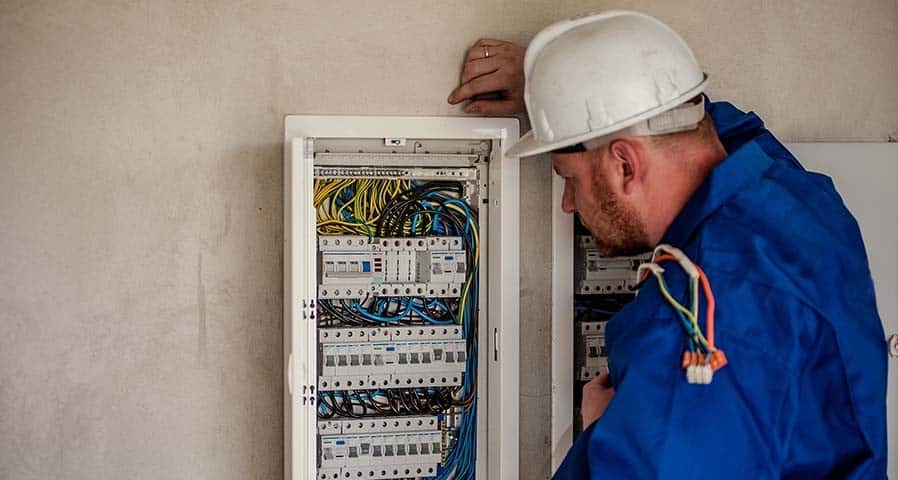
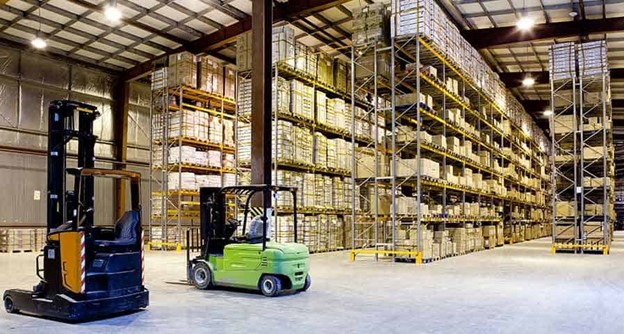
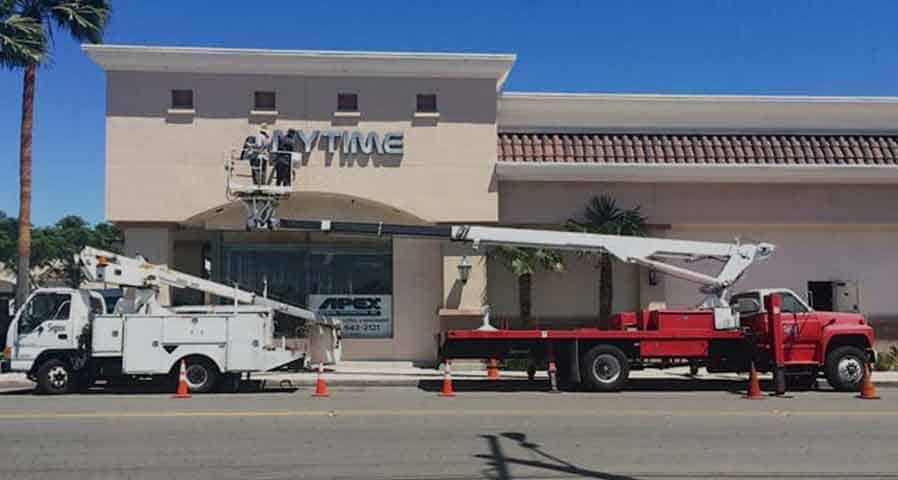

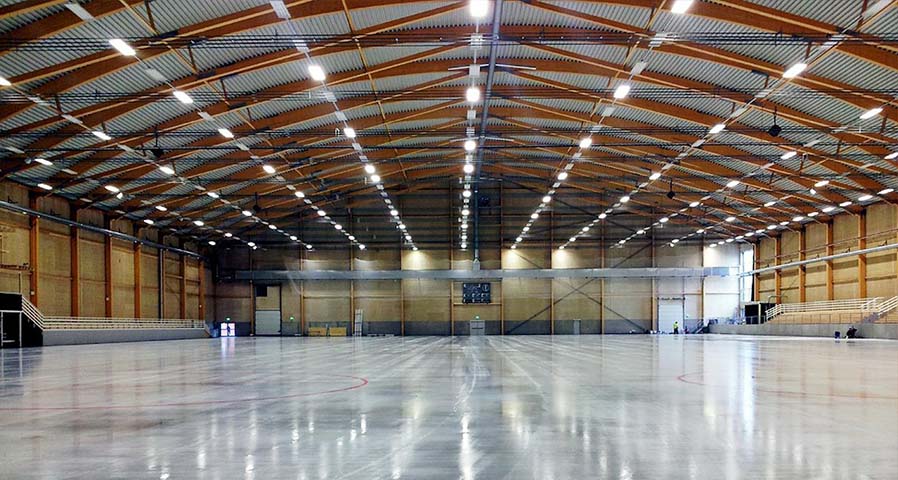








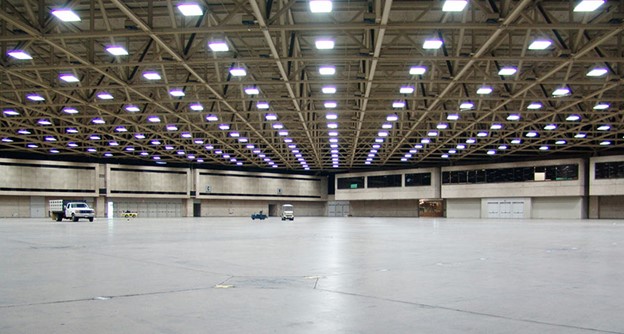


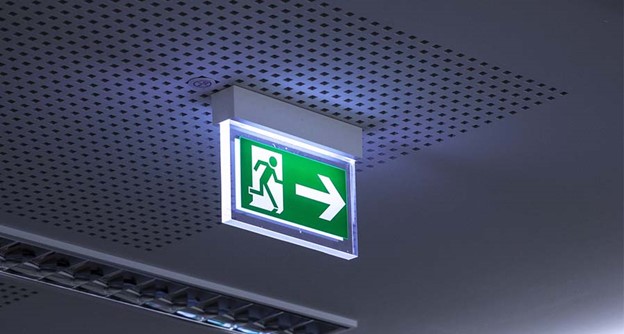

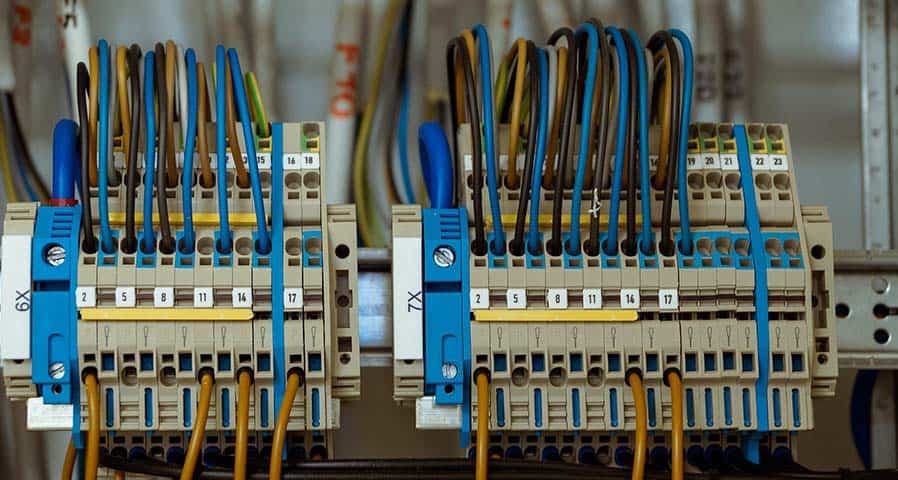



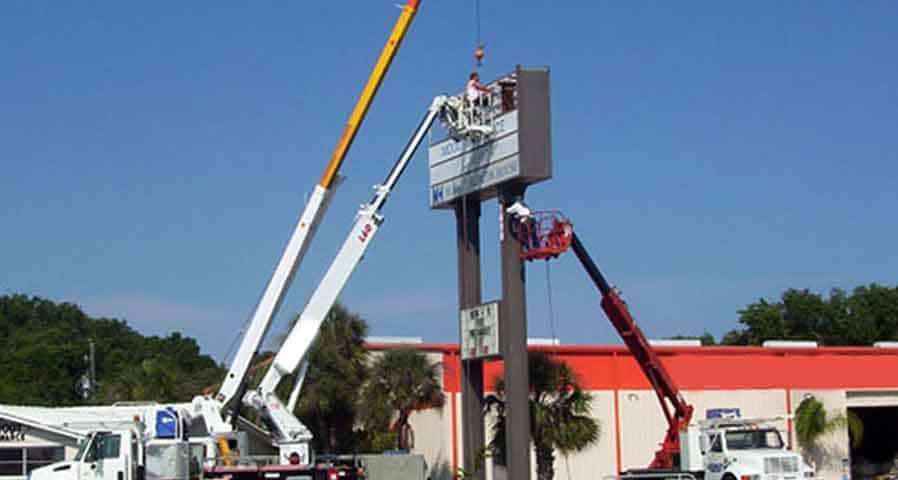

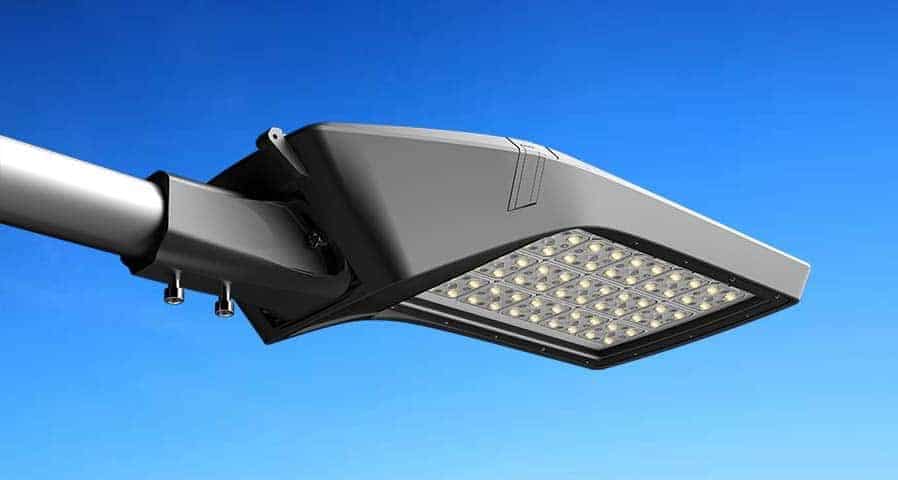
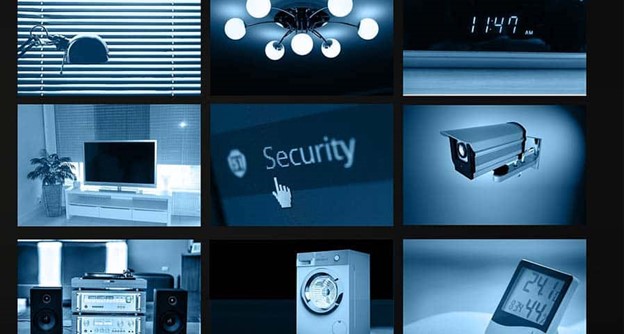
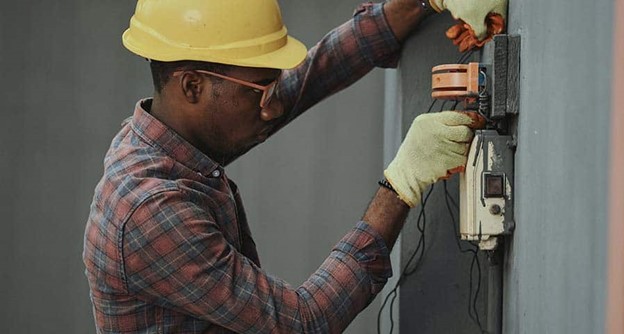
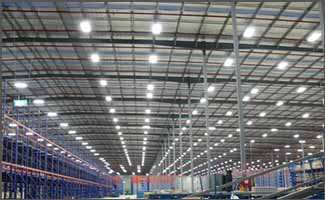
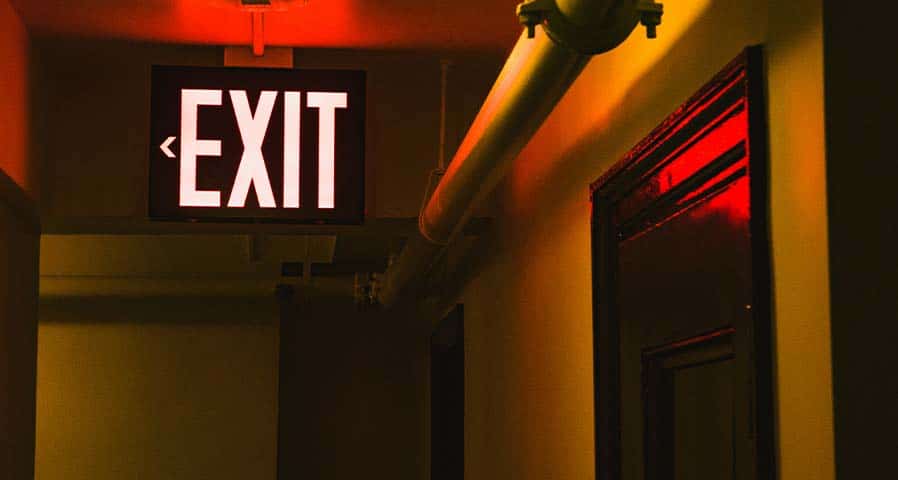









0 Comments